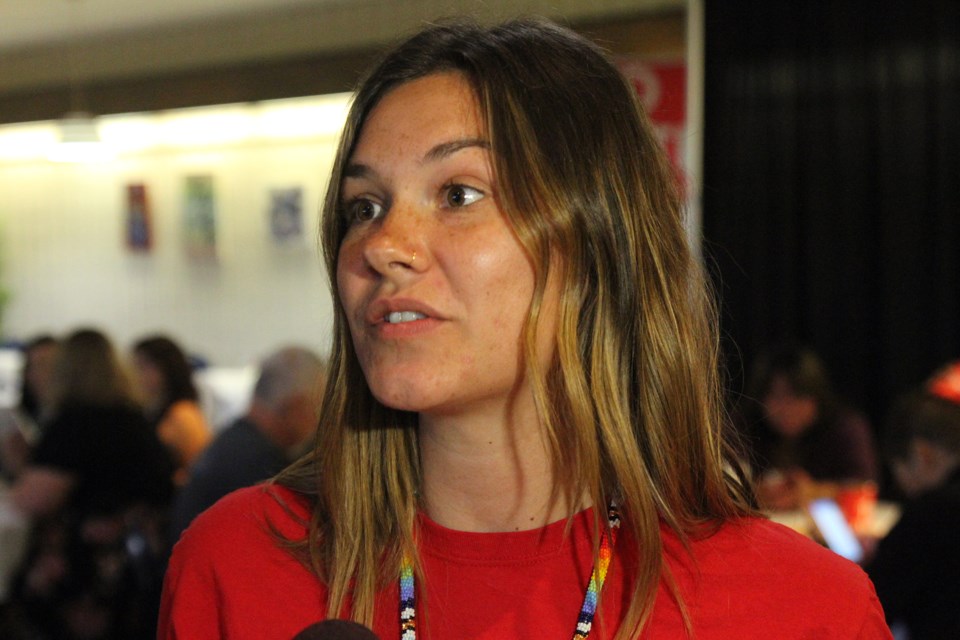THUNDER BAY - The lives of many teachers are about to change this school year
Through the Teach for Canada program, nearly 30 teachers will embark on a two-year placement in northern First Nations communities starting in the fall.
The non-profit organization works with northern First Nations to recruit, prepare, and support teachers before they arrive for work. On Friday at the Agora in Lakehead University, teachers met with Indigenous leaders, education experts, and former Teach for Canada workers to get a thorough understanding on how their new home will change the lives of students.
Beth Shaw, a teacher from the 2019 cohort that will head to Big Grassy River First Nation, Ont., says the opportunity is “an itch she’s wanted to scratch.”
Shaw taught in Australia for one year after graduating teachers college at Trent University.
“I wanted to do something a little more grassroots and closer to home,” she said.
“I think Indigenous infusion is a very vital part of our Canadian education so I think being able to support those kids is like nothing else.”
Liz Halina, director of teacher development, says engaging with students from northern First Nations offers a very different experience, and requires a flexible teaching style.
“In southern Canada, we tend to be a little more task-oriented than relationship-oriented,” Halina said.
“The foundation of going to work up north is relationship building.”
Bernard Nelson - also referred to as Spirit of the Earth - grew up on Fort Hope First Nation, and was a representative of one of the 19 different First Nations on Friday for Teach for Canada.
A survivor of the residential school system, Nelson says the opportunity this gives his grandchildren is groundbreaking compared to his educational upbringing.
“Back in the day when I went to school, none of this was possible for me, teaching our teachings in the school now, it’s amazing work,” he said.
“For my grandchildren, it’s a good thing for them. There’s more about our culture… with elders talking to students, I can expect a better future for them."
The hope for Halina is for teachers to fully integrate themselves within the community through extra-curricular activities.
“For most of the teachers, they learn just as much as they teach. Not only about First Nations communities, but about their teaching practice. They develop really strong teaching practices. They fall in love with their students. We’ve had so many teachers stay longer than the two period we ask them to,” she said.
For Shaw, while two years seems like a long way away, she’s looking forward to the bonds she is about to form with her students.
“I’m a firm believer in quality versus quantity, so I think really being able to focus on things that are important to the students is a central theme of being a teacher. Connecting to students and having them seen in their own education isn’t something that a lot of kids see.
“I really just can’t wait for the experience.”
